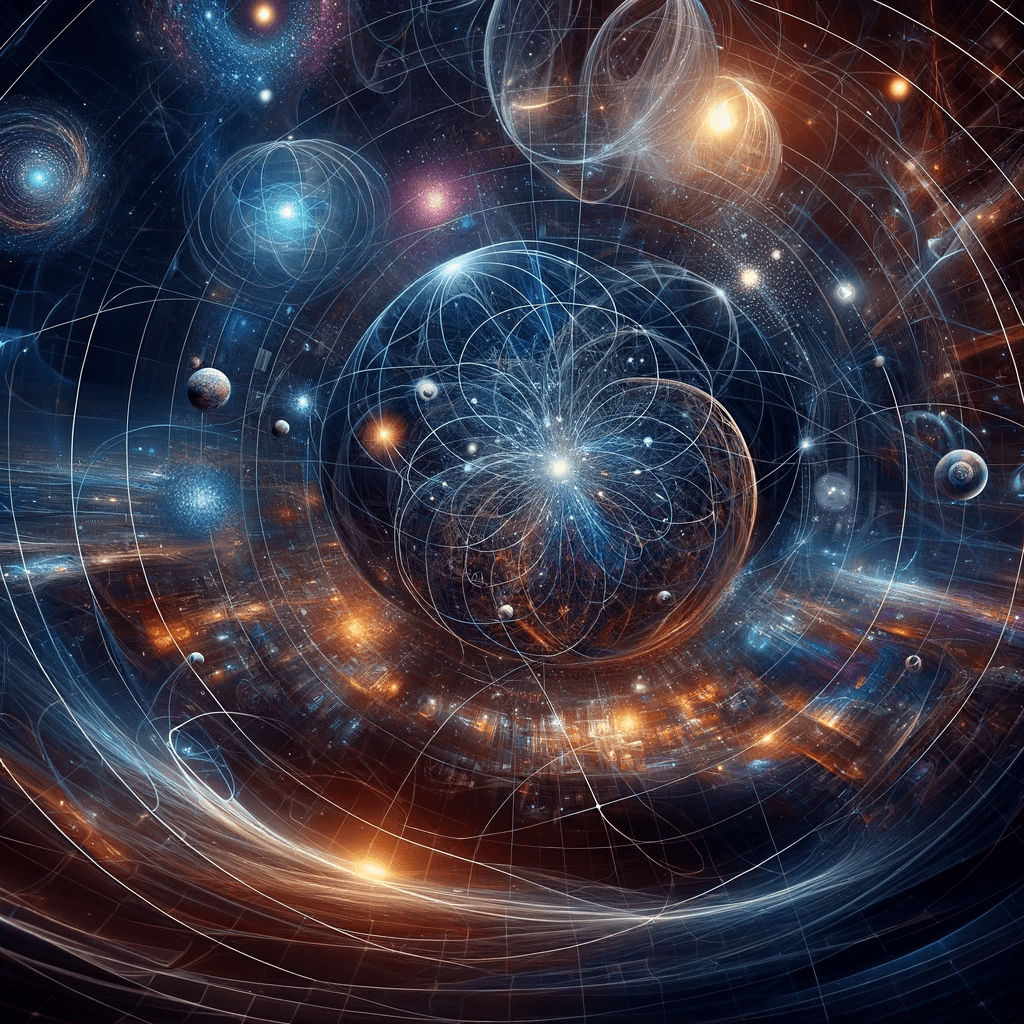M-theory: A Comprehensive Overview

M-theory is a groundbreaking development in the field of theoretical physics that seeks to unify the five different versions of string theory into a single, all-encompassing framework. Initially proposed in the mid-1990s by renowned physicist Edward Witten, M-theory has emerged as a leading contender for a “Theory of Everything” – a comprehensive framework that unites the seemingly disparate realms of quantum mechanics and general relativity. By attempting to reconcile these contrasting theories, M-theory seeks to provide a more complete and accurate understanding of the fundamental forces and particles that make up our universe.
At its core, M-theory is an extension of string theory – a theoretical framework that posits that the most basic building blocks of the universe are not particles, but rather one-dimensional, vibrating strings. While string theory originally came in five distinct forms, M-theory asserts that these variations are all manifestations of a single, underlying framework that incorporates eleven dimensions. According to M-theory, our familiar four-dimensional spacetime is just a small part of a much larger, multidimensional reality.
One of the most notable aspects of M-theory is its prediction of the existence of higher-dimensional objects called “branes.” These branes can take various forms, including point-like particles, strings, and even higher-dimensional membranes. According to M-theory, our universe might be just one of many, with each universe residing on a separate brane within a larger, multidimensional “bulk.”
M-theory predicts the existence of a vast number of universes (a multiverse) within the larger, multidimensional “bulk.” This idea is supported by various theoretical physicists, including Burt Ovrut, Paul Steinhardt, and Neil Turok (Source: Ovrut, B. A., Steinhardt, P. J., & Turok, N. (2001). “The ekpyrotic universe: Colliding branes and the origin of the hot big bang.” Physical Review D, 64(12), 123522).
M-theory has been instrumental in solving several longstanding problems in theoretical physics, including the so-called “black hole information paradox.” By applying M-theory, physicists like Andrew Strominger and Cumrun Vafa have been able to account for the entropy of black holes and reconcile apparent inconsistencies between general relativity and quantum mechanics (Source: Strominger, A., & Vafa, C. (1996). “Microscopic origin of the Bekenstein-Hawking entropy.” Physics Letters B, 379(1-4), 99-104).
M-theory suggests that the fundamental constants of nature, such as the speed of light and the strength of gravity, may not be fixed but instead vary from one universe to another. This idea has been explored by theoretical physicists like Michael Duff, who posits that these constants are determined by the geometry of the compact, hidden dimensions in M-theory (Source: Duff, M. J. (1998). “The theory formerly known as strings.” Scientific American, 278(2), 64-69).
Expert opinions on M-theory are diverse, but many physicists believe it holds promise as a unifying framework for understanding the fundamental forces of the universe. For example, theoretical physicist Brian Greene, author of “The Elegant Universe,” has stated that M-theory represents “the most promising route to the unification of all forces” (Greene, B. (1999). The Elegant Universe: Superstrings, Hidden Dimensions, and the Quest for the Ultimate Theory. W.W. Norton & Company).
M-theory represents a significant advance in the field of theoretical physics, offering the potential to unify the seemingly incompatible frameworks of quantum mechanics and general relativity. M-theory attempts to unify the incompatible frameworks of quantum mechanics and general relativity by offering a single theoretical framework that encompasses both realms.
Quantum mechanics is a highly successful theory for describing the behavior of particles and forces at the microscopic scale, while general relativity is an equally successful theory for explaining the behavior of large-scale objects, like planets and galaxies, and the geometry of spacetime. However, these two theories are fundamentally at odds with each other when applied to certain phenomena, such as the conditions inside black holes or during the early moments of the universe’s existence.

